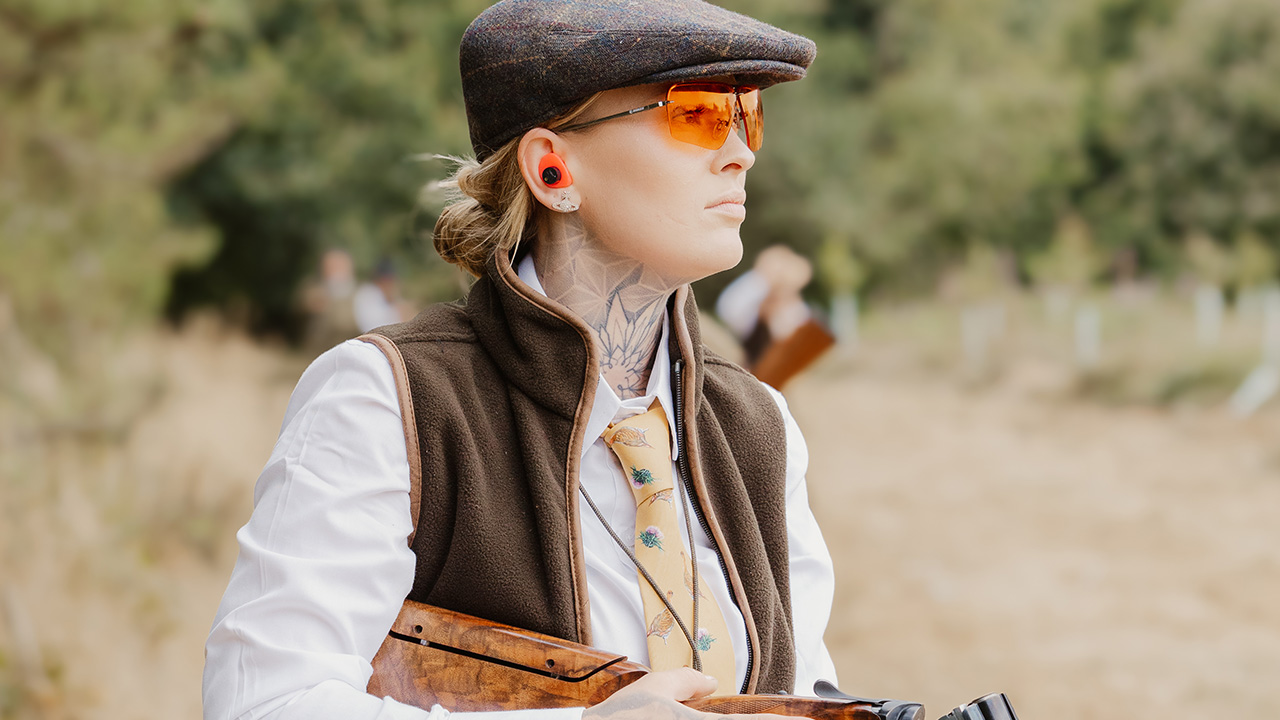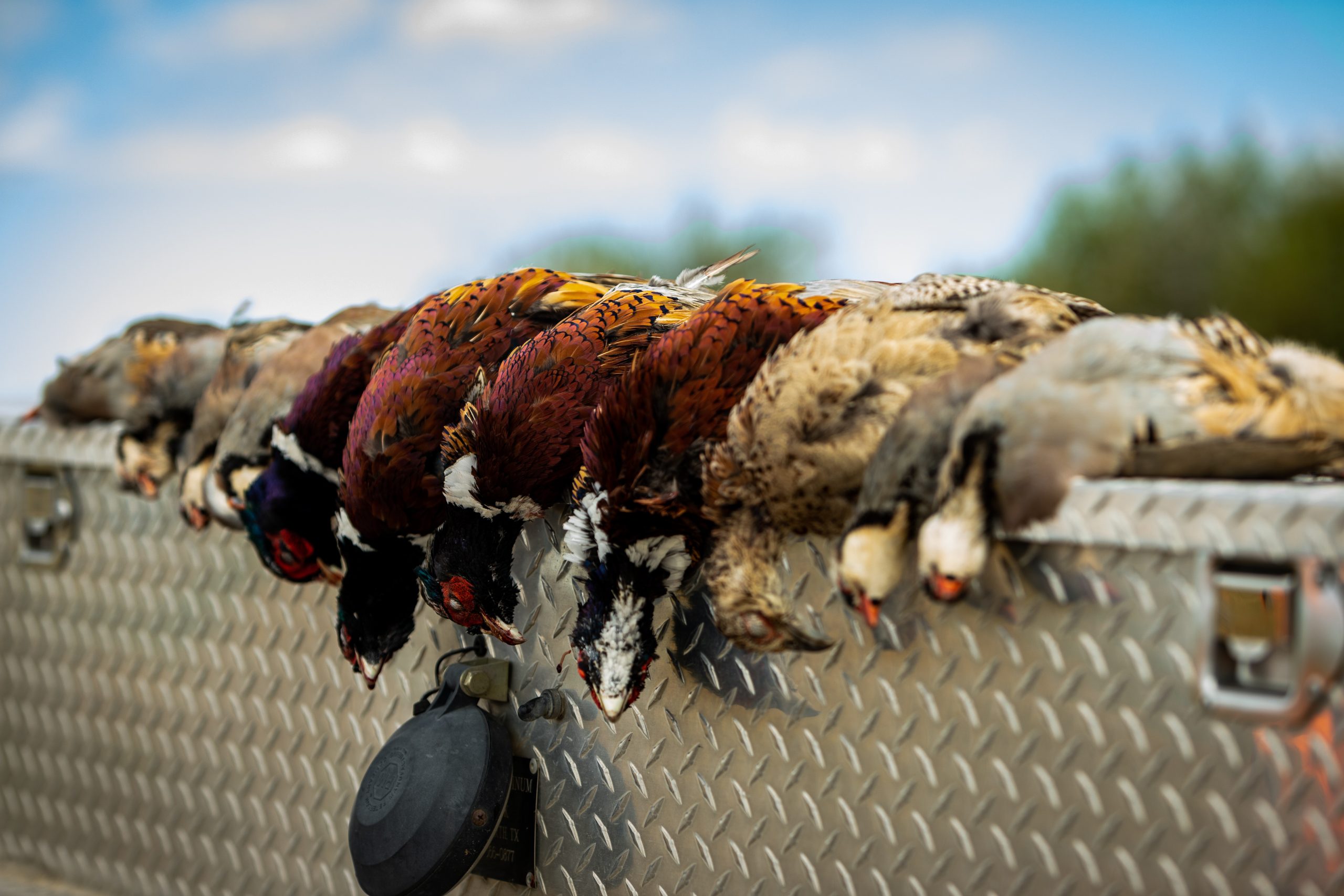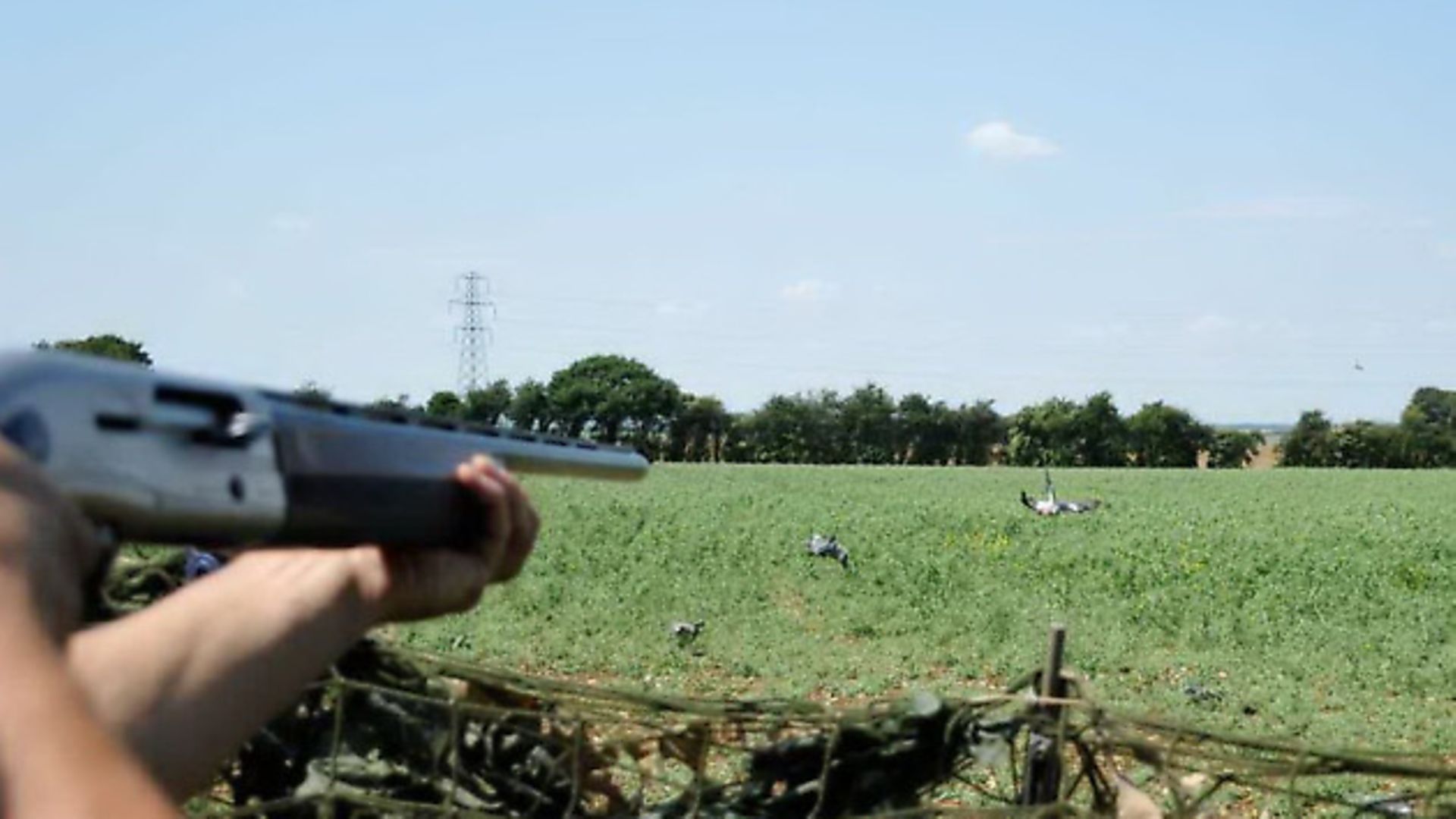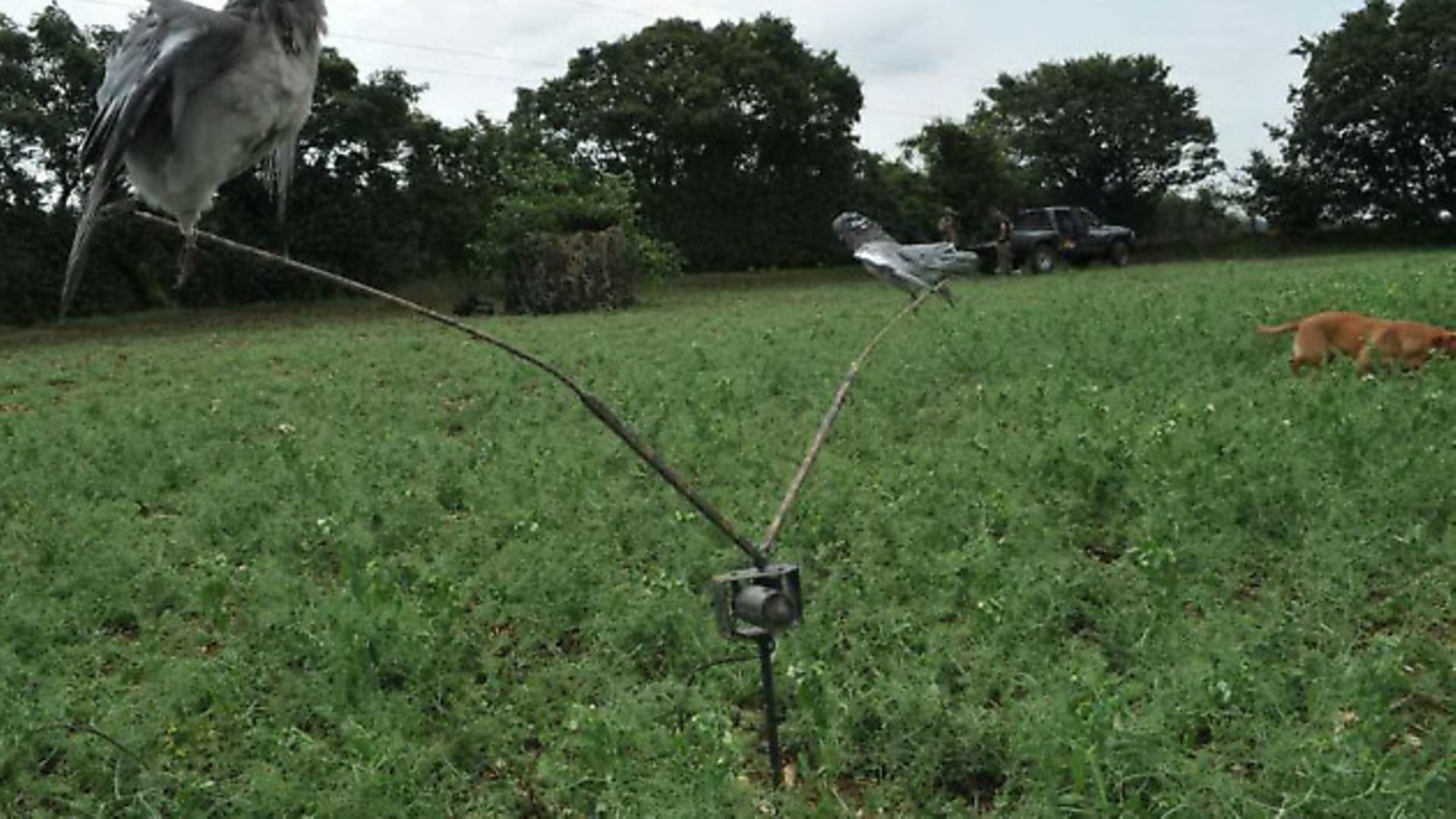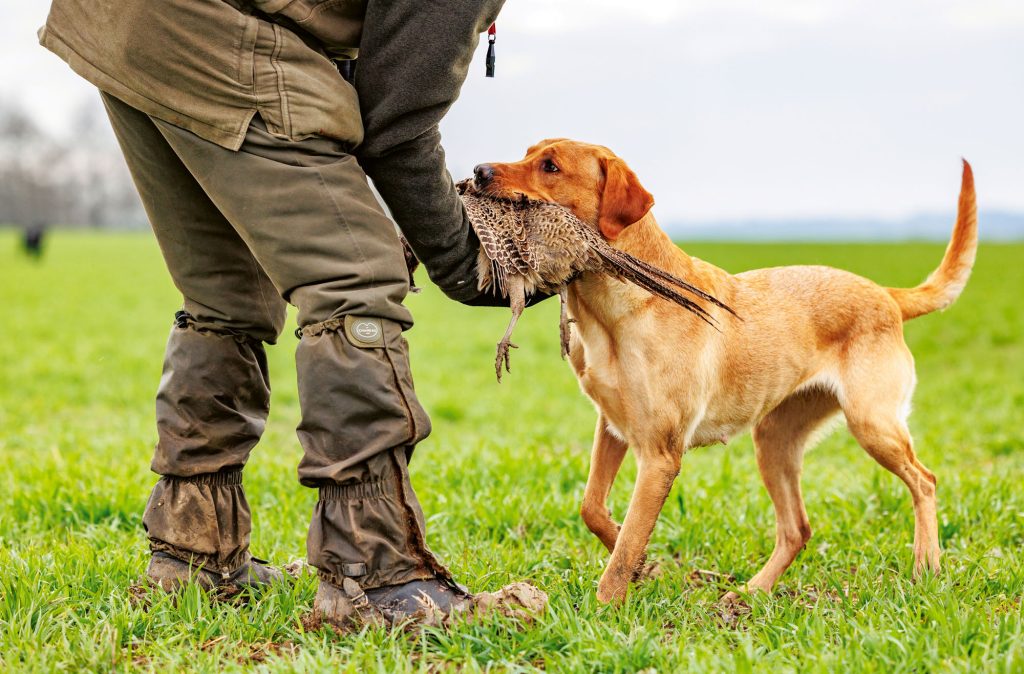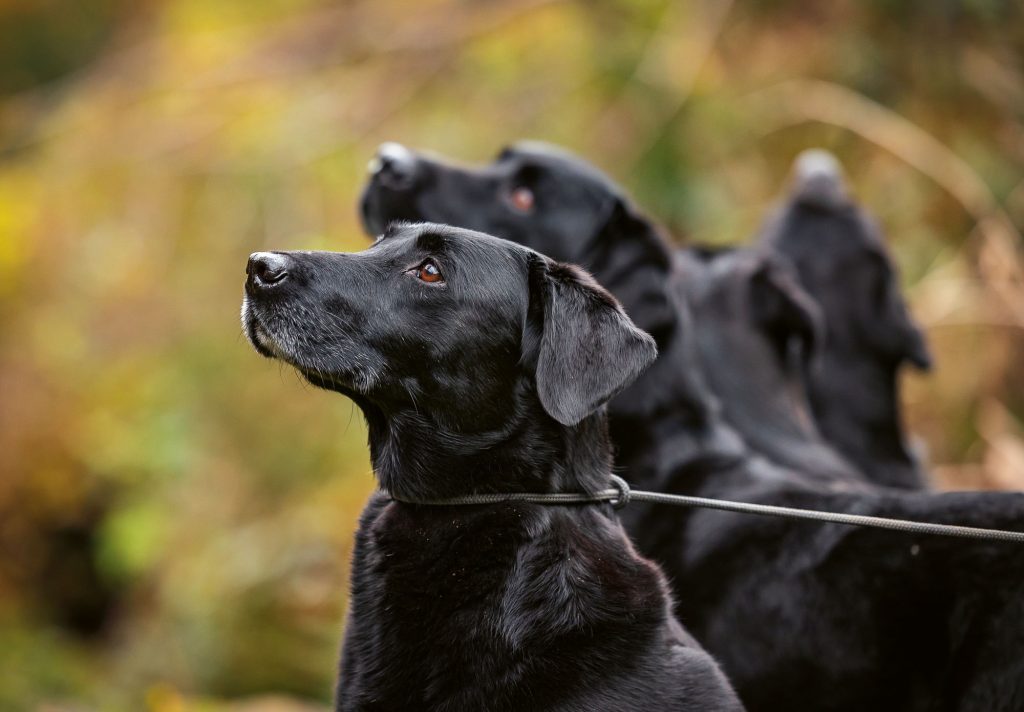Affordable pigeon decoying ideas, tips and tricks
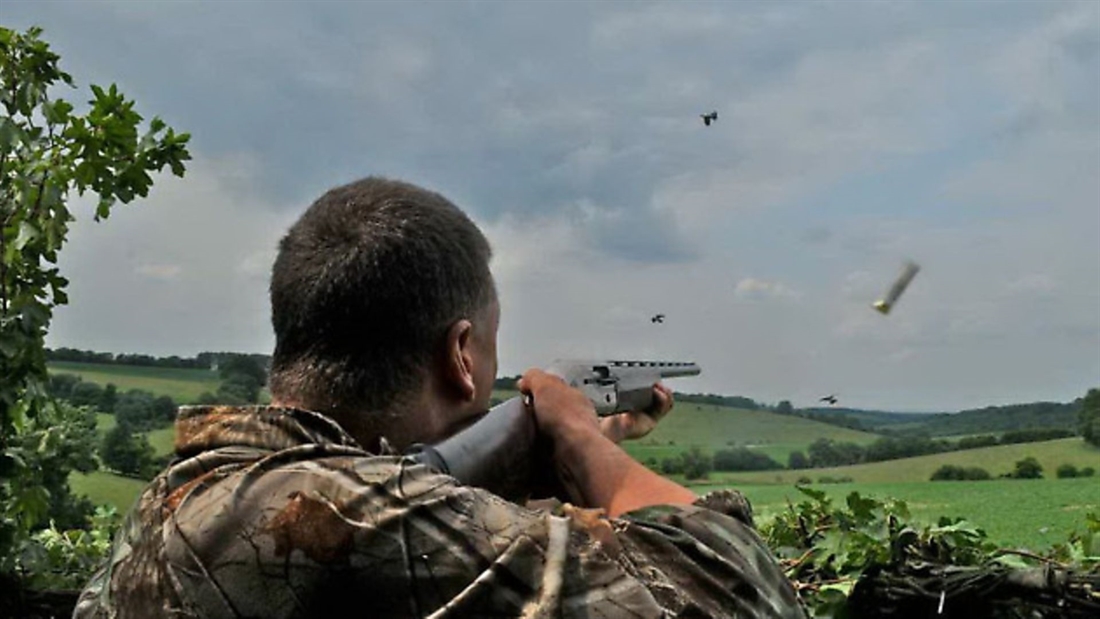
Eric Prior looks at the best, tried-and-tested decoying ideas that won’t break the bank, and shares some useful tips and tricks
At time of writing pigeons are already dropping into the tramlines in the barley and winter wheat. Unfortunately for us, we have no laid patches so far, due to the mild spring weather.
However, there’s no time to delay sorting through your decoying kit, and updating or replacing old, tatty items ready for the first stubbles. Over the many years that I’ve been decoying both corvids and wood pigeons, I’ve wasted money purchasing too cheap or unnecessary products that have not proved to be the best for the job.
The major consideration is to make sure that, whatever we use, our pattern can be seen from as far away as possible, and from every incoming direction. There are some experienced decoyers who still do not believe that movement in the pattern is important – I strongly believe that it is.
Rotaries and flappers
The rotary (magnet) is, in my opinion, one of the most important aids, followed by flappers. All flappers generally work well, but if you are about to purchase one, select one that is not too fast and flaps no more than about five to six times at each cycle, as many of the later models flap too fast and for too long, unlike a real pigeon. A timer is essential.
Generally, I use three flappers, usually at the front of the killing area, all three operated from a single battery and each flapper approximately 10 paces apart.
Returning to rotaries, there are so many decoyers – both beginners and experienced Guns – who complain that the machine is now over used and turns the birds away. My view on this is that they have stationed it in the wrong position. Try moving it away from the incoming line of flight and to the approach of a sitty tree. I have never yet been forced to take mine in. Even if it takes several moves, keep at it until you position it to their liking. Think like a pigeon – they will tell you when you’ve got it right.
Here are my suggestions to complete the set-up and support the rotary and flappers:
Using gliders
In my opinion, a glider within the pattern is as good as four static decoys. Unlike floaters/bouncers they are less expensive, easy to carry and easy to store in the vehicle, and will display both dead and artificial decoys costing less than a fiver each. I generally use five at the sides and rear, leading into my killing area.
Old, tatty decoys
In time, your decoys will become tatty, especially the flocked examples. You can, of course, paint them, but how many of us have the time or skill to do this effectively? Fortunately, there are now what are known as pigeon socks – not to be confused with the full decoys of the same name already on the market. These just stretch over both full and half-shell decoys, giving a really good likeness and also don’t shine in the sun, even when wet. You can fit them onto your good decoys to correspond and improve pulling power.
A hole in the head
Using cradles in tall crops is a good idea for maximum exposure. The only problem when using them in windy conditions is that your half shell decoys are constantly blown off the cradles. To rectify this, drill a single hole through the decoy head for fitting through the upright on the cradle. This will solve the problem saving constant trips out of the hide to adjust or find them.
Sticks for dead birds
I still see Guns wasting their time hunting in the hedge looking for a forked stick to position their freshly-shot, dead birds. For more years than I can remember, I’ve used the green garden plant support sticks purchased from the local garden centre. They are available in packs of 25 or 50 and in various lengths. I purchase the 15” size and cut them in half and sharpen both ends – one to stick into the skull from under the chin, and the other to secure into the ground. They last for many years for use with pigeons and all corvids. Another advantage is that they will not cause damage to farm machinery if accidently left in situ.
Using the 18” and 36” canes
Here’s another purchase from the garden centre. If you like your dead birds to sit higher in the stubble, use 18” narrow canes (plant supports). Again, sharpen both ends; the narrowest end slides up through the full length of the body, entering the anus, continuing up through the neck and fixes firmly into the head. Next, push the thicker end, which will be protruding out at the rear, into the ground at the required angle to imitate a feeding pigeon. They look very life-like among the other dead birds and statics.
The 36” canes are fantastic for use in the same way in higher crops such as lupin, clover, rape and peas.
The gun stand
There are so many things to do in the hide that require both hands. If you attempt to stand your gun up against the hide netting or hide pole it will almost certainly move and fall through; lay it on the seat and it will either fall off or be knocked off. Any of these positions are potentially disruptive, if not dangerous. This cheap-to-make stand works a treat in that the gun is not only safe, but ready for action in a matter of seconds. If you don’t possess the tools (i.e. soldering equipment), pop to your local blacksmith who will quickly produce one from spare rods that are most likely to be in stock. All you then need is a short length of plastic tubing to protect the barrels.
A comfortable, sturdy seat
Over the years, I’ve seen so many hide seats and most are completely useless and uncomfortable. You may well be there all day, so a few quid spent on a good seat is money well spent. My recommendation is that you should not waste hard-earnt cash on camping or fishing alternatives. Old office typist chairs are clumsy, heavy and take up too much room in the vehicle. It’s best to purchase a custom product from a specialist supplier. The essentials to insist on are that it must have a back rest and should swivel to assist your gun swing – get it right first time at a reasonable cost of about £35.
Other essential tools
There are several other items that are necessary to save time. A garden trowel is indispensable to level the ground to ensure that your seat is level and stable. I even take a spade which often does the job faster, and is also useful for many other jobs. A billhook (a dual-purpose tool) is better than many other more flimsy instruments. It will cut through all types of undergrowth and equally handle larger branches and sturdy shrubs. Black, plastic crocodile clips are ideal for fast hide set up and take down.
Finally, a word of warning…
Please make sure that when using any kind of metal props or cradles, you do not leave them behind. Any of these items left in position can and will do damage to expensive farm machinery and animals. We use coloured electricians’ tape to make them more visible, but even then, they can be missed. Therefore, I recommend that you count them out and count them in. This is the reason for using sticks and canes, and not such items as bicycle spokes.
Be ready, and enjoy your shooting!

